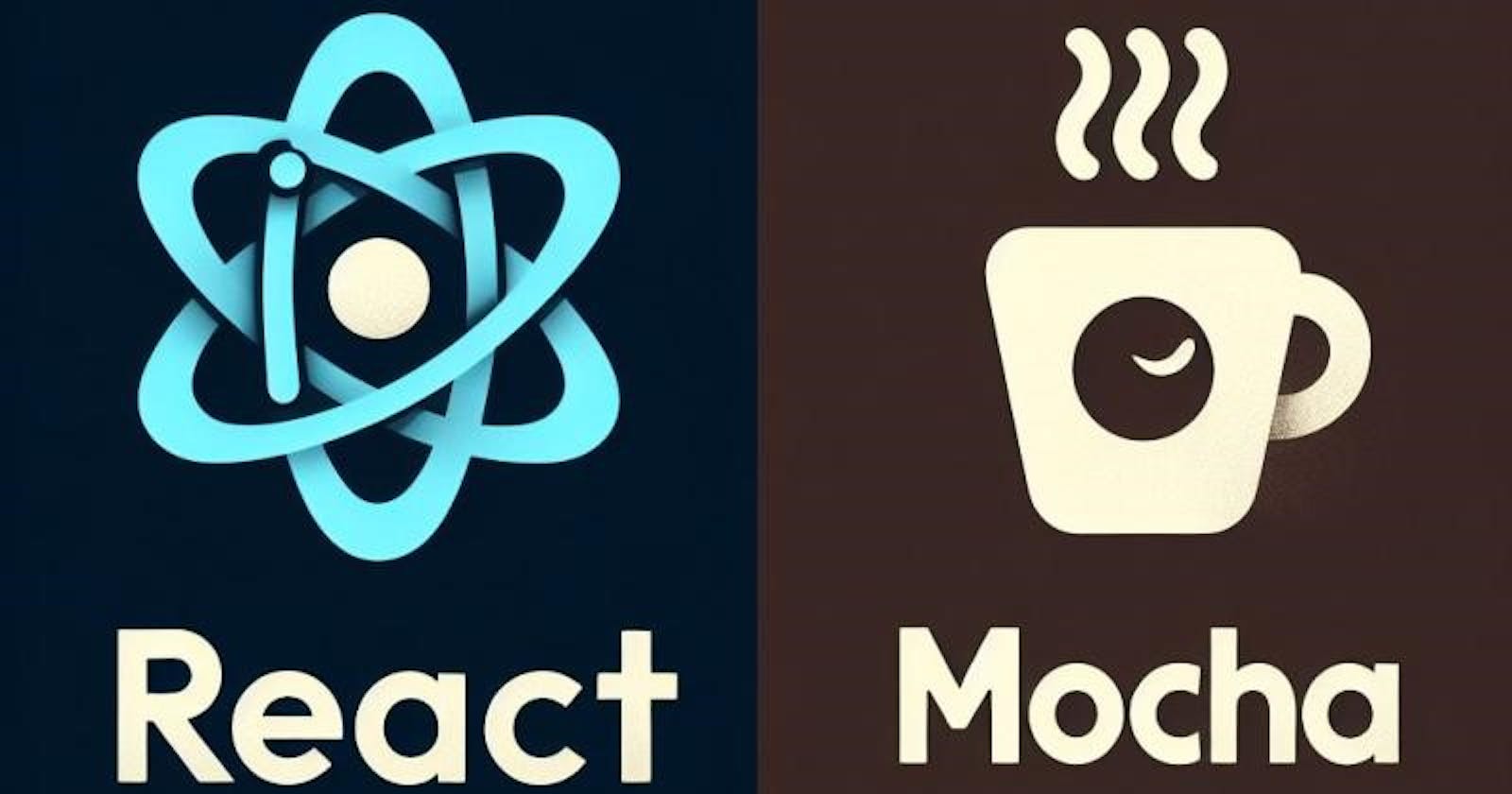Introduction
Testing is a crucial part of the software development process. In the world of React, ensuring that your components work as expected is essential for delivering a reliable and bug-free application. One popular testing framework for React is Mocha. In this blog post, we will explore how to test React components using Mocha, step by step.
Prerequisites
Before we dive into testing React components with Mocha, make sure you have the following tools and libraries installed:
Node.js: You need Node.js and npm (Node Package Manager) installed on your system.
React: Ensure that you have a React application set up. If not, you can create one using
create-react-appor your preferred method.Mocha: Install Mocha globally or as a development dependency in your project by running
npm install mocha --save-dev.Chai: Chai is an assertion library that works well with Mocha. Install it using
npm install chai --save-dev.
Setting up the Test Environment
Once you have all the prerequisites in place, let's set up the test environment for your React components.
In your
testsfolder, create a new JavaScript file for your first test, e.g.,MyComponent.test.js. It's a convention to name test files with a.test.jssuffix.Inside your test file, import the necessary libraries and your React component:
import React from 'react';
import { expect } from 'chai';
import { mount } from 'enzyme'; // You might also need Enzyme for rendering React components.
import MyComponent from '../path-to-your-component/MyComponent'; // Import your React component.
- Write your first test case using the
describeanditfunctions provided by Mocha:
describe('MyComponent', () => {
it('should render without crashing', () => {
const wrapper = mount(<MyComponent />);
expect(wrapper.exists()).to.be.true;
});
});
Running the Tests
With your test case in place, it's time to run the tests. Add the following script to your package.json file:
"scripts": {
"test": "mocha tests/**/*.test.js"
}
npm test
Mocha will discover and execute all test files with the .test.js extension in your tests folder.
Writing More Test Cases
As your React application grows, you'll want to write more test cases to cover different scenarios. Here are some examples of what you might test:
Props and State: Test how your component behaves when it receives different props and state changes.
User Interaction: Simulate user interactions, such as clicks and input changes, and check if the component responds correctly.
Async Operations: For components that make API requests or use async functions, test their behavior when dealing with promises and async/await.
Redux Integration: If you're using Redux for state management, write tests to ensure that your components correctly connect to the store and dispatch actions.
Snapshot Testing: Use tools like Jest and Enzyme's
toMatchSnapshot()to create and maintain component snapshots for visual regression testing.
Conclusion
Testing your React components using Mocha is an essential step in building robust and reliable applications. With the right setup and practices, you can catch bugs early in development, improve code quality, and enhance the overall user experience. So, start writing tests for your React components today, and enjoy the benefits of a well-tested application. Happy coding!

